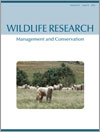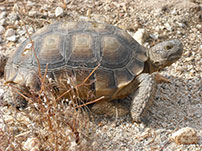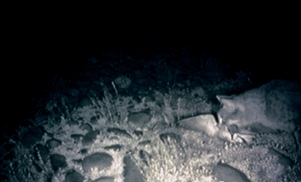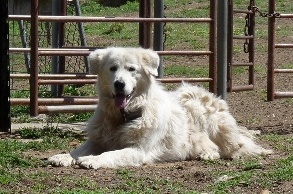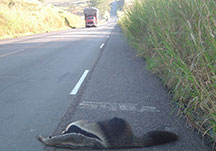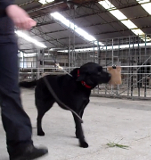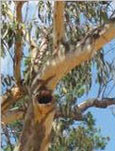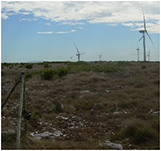WR13206Predicting the future range and abundance of fallow deer in Tasmania, Australia
Fallow deer are currently uncommon in Tasmania, but the population is evidently growing and the species could have significant impacts on agriculture and the environment in the future. We developed a model of the Tasmanian fallow deer population which included components describing both the potential distribution of the species and spatial variation in abundance. The model predicts a potential population of more than one million deer if managers do not take steps to control population growth.


